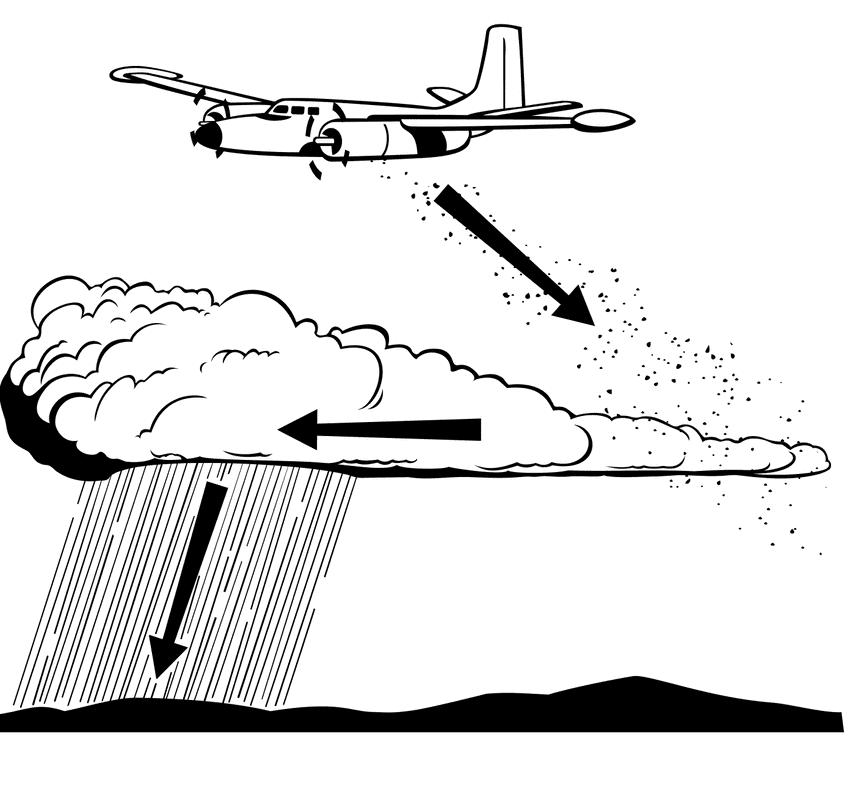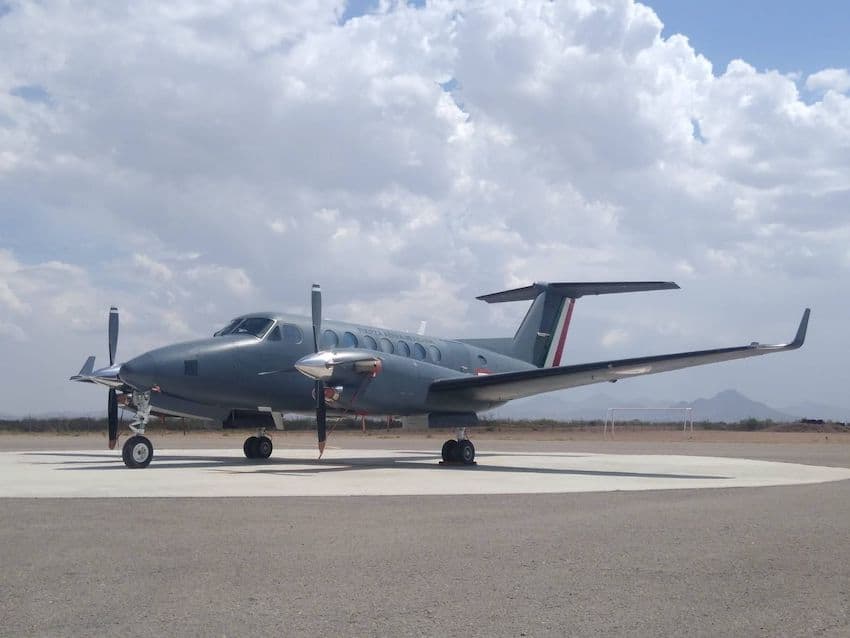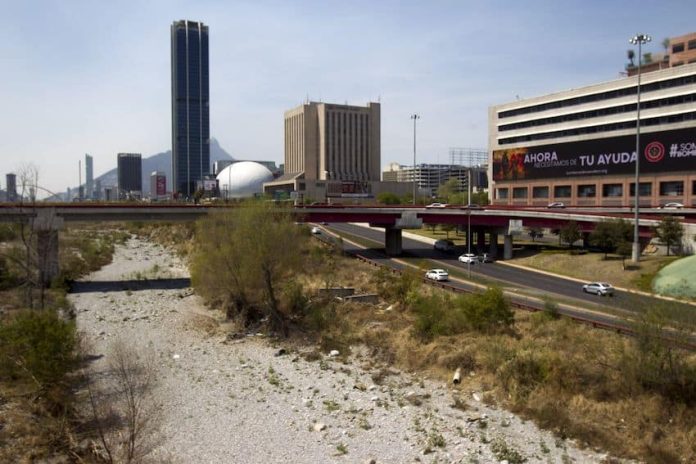Mexico has seen less rainfall so far this year compared to levels recorded in 2022, reported the National Meteorological Service (NMS).
Between January 1 and July 16, 2023, average rainfall levels fell 30% compared to last year. Moreover, from October 1, 2022, to July 16, 2023, the deficit was 25.6% less than the long-term average from 1991 to 2020.

“From October 1, 2022, to July 16, 2023, 308.5 mm were accumulated, which represents a deficit of 107.2 mm, or 25.8% below the average compared to the climatological period 1991–2020 from October 1 to July 16 (415.7 mm),” the National Water Commission (Conagua) said in its weekly report.
Faced with further low levels of rainfall, the Mexican government has launched the latest phase of a cloud seeding project that could increase precipitation.
According to the Ministry of Agriculture and Rural Development (SADER), cloud seeding could refill aquifers and rural reservoirs in some regions of Sonora, Sinaloa, Durango, Zacatecas, Chihuahua and Aguascalientes by increasing rainfall during the summer and the autumn–winter season of 2023–24.
This technique has been used in Mexico for decades and uses chemicals such as silver iodide to promote rain. In a statement released in 2021, SADER claimed a 98% success rate for cloud seeding and a 40% increase in rainfall.

However, British newspaper The Guardian reported that farmers have said they would prefer the government to invest in ways to more efficiently use water resources.
“We would prefer the government to bring back investment in the irrigation distribution networks to increase efficiency and save water,” a farmer named Álvaro Bous Cabrera told The Guardian.
Scientists from the National Autonomous University (UNAM) have also cast doubt over the effectiveness of the cloud seeding program.
“There’s no evidence that cloud seeding techniques increase precipitation over areas of economic importance, nor is there any certainty outside of targeted zones,” the Institute of Atmospheric Sciences of the UNAM said in a statement. “Ultimately, it is important to mention that the potential use of these technologies must be closely linked to the appropriate management of water resources in such a way that there is an appropriate cost/benefit ratio.”

The lack of rain is also linked to the start of the canícula or “dog days of summer,” Conagua said in a report released on Friday, “when rain decreases and there’s a slight rise in temperature.”
This annually occurring period should not be confused with a heat wave, which usually sees its highest temperatures before the start of the rainy season.
In Mexico, this phenomenon occurs across the country and can lead to heat waves lasting 20 days. Meanwhile, the northwest has seen the start of the Mexican monsoon, which also affects the southwestern United States each summer.
With reports from The Guardian, El Economista, Forbes Online and El País
